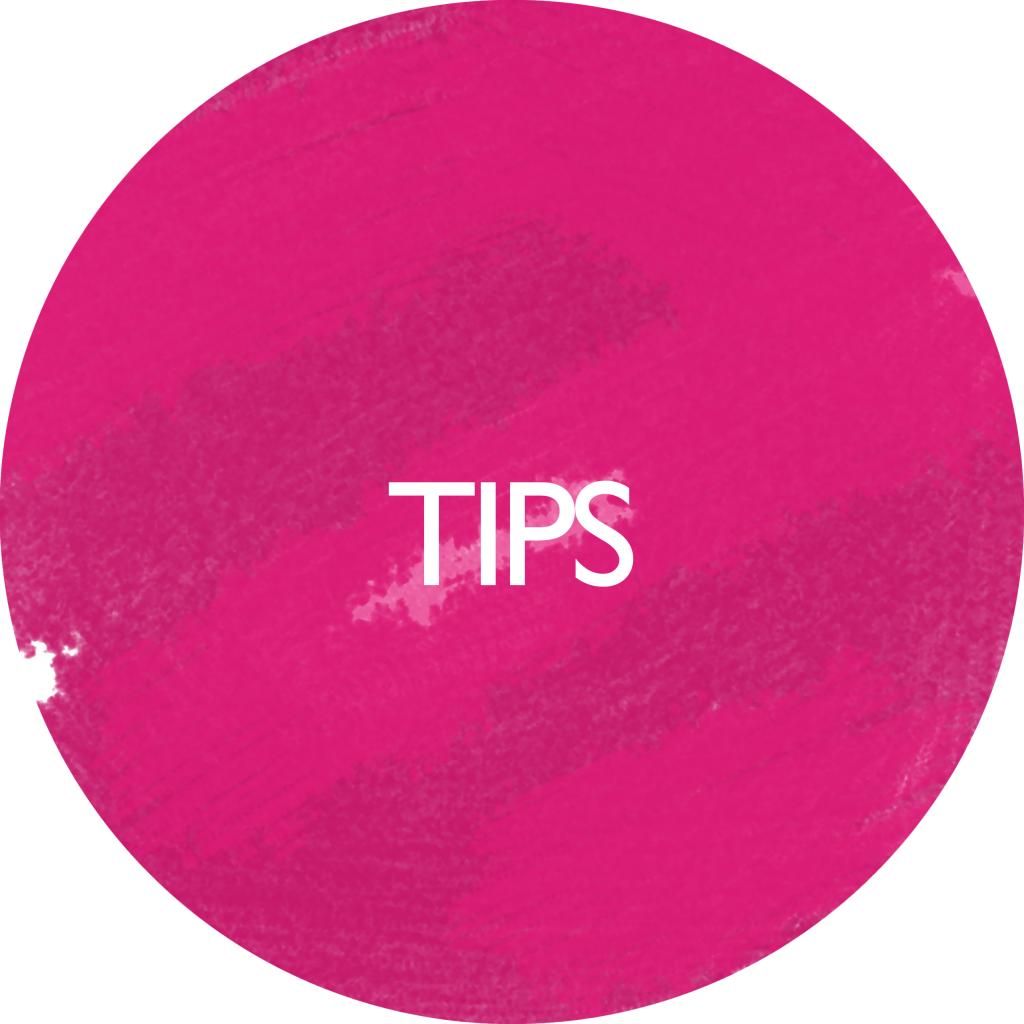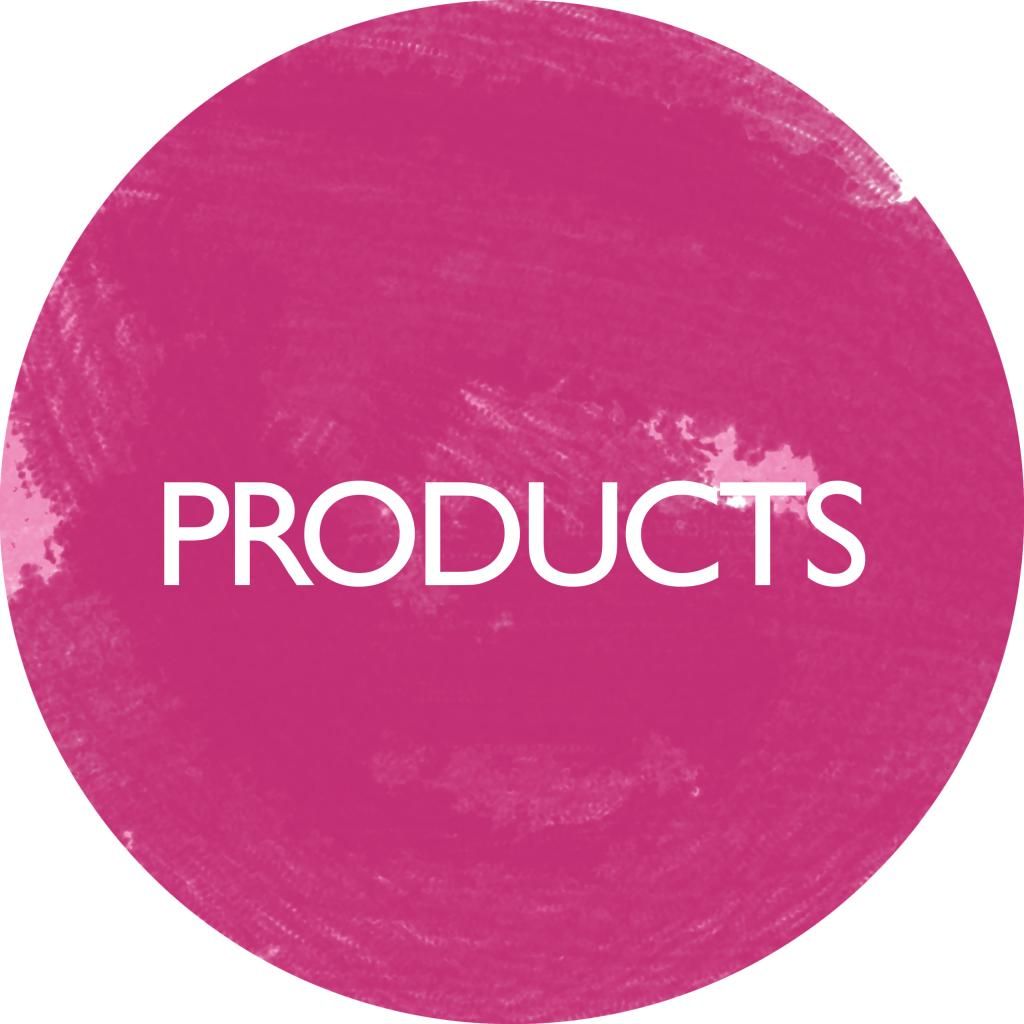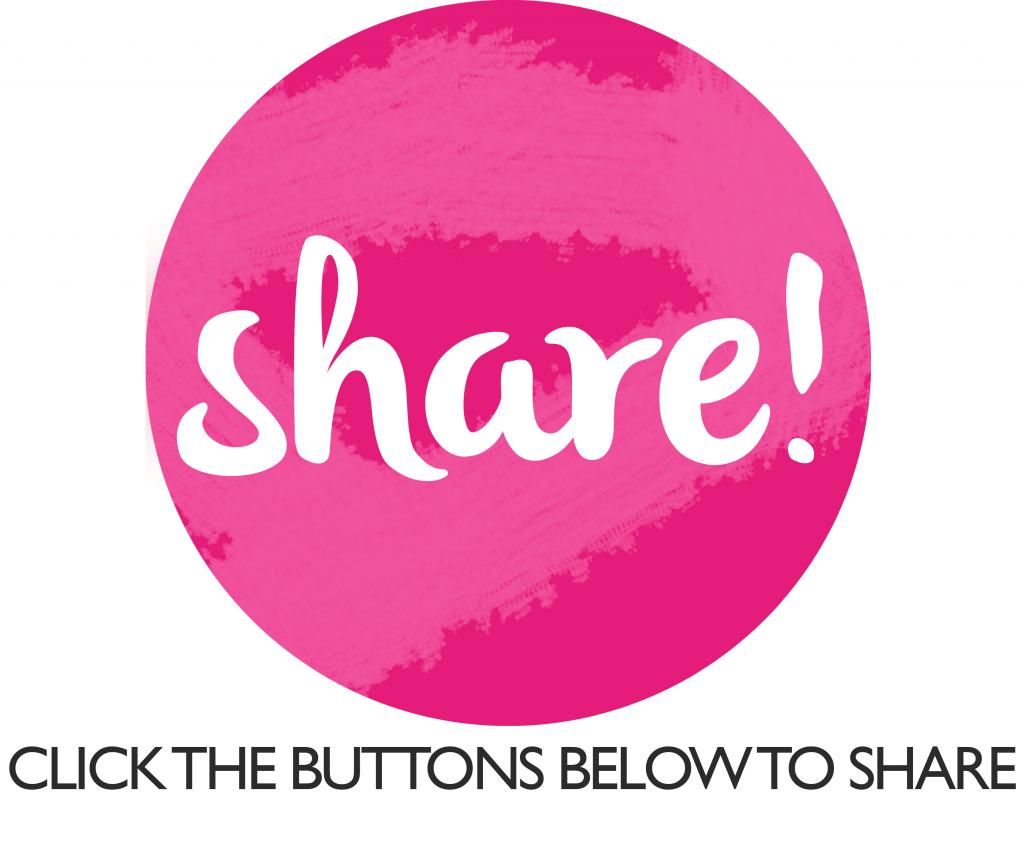
You’ve experienced the joy (and trauma) of childbirth, learned the best methods for breastfeeding your precious little one, discovered a whole new world of “riveting” TV programming at 3:00 a.m., and actually secured a few hours of sleep thanks to, well, sheer exhaustion. Just as you finally feel like you are catching your second wind, you glance at the calendar and realize – with a large lump in your throat – that your maternity leave is about to expire. (Gulp!) Before you forget that it’s the middle of the night and call your mom for moral support and encouragement, stop, put down the phone, and know that you are not alone. In fact, over half of all U.S. women who work outside the home have children under the age of three. And while you may have heard the statistics that women working outside the home are only half as likely to continue breastfeeding as those women remaining at home, you can still provide your baby with the nourishing breast milk he or she deserves. While it does take some organization and preparation, you can succeed in breastfeeding and working outside the home. Here are some tips:
1. Promoting milk supply – the law of supply and demand
The best way to keep your milk supply at peak levels is to breastfeed your baby as often as he or she demands it – and that’s as often as possible. Allowing your baby unlimited access to your breast when you are together during non-work hours helps to maintain your milk supply because your baby provides better breast stimulation than breast pumps can. In addition, try feeding your baby right before you go to work and as soon as you arrive home to decrease the amount of milk you need to pump.
2. Choose those who handle breast milk with care
As you evaluate caregivers, determine their attitude about feedings and be sure they are knowledgeable about storing breast milk. Often, moms are not able to pump enough milk during work hours because baby is being overfed by the care provider or milk is being wasted. When babies are overfed, there are typically not ready to nurse with mom when she arrives home from work, missing out on a valuable opportunity. Be sure your caregiver knows that breast milk should only be used for feeding baby when he or she is hungry – not when baby is fussy. Also consider using low-flow nipples because rapid-flow nipples may cause baby to overfeed or prefer the bottle.
3. Know your rights in the workplace
Before returning to work, understand your company’s breastfeeding policies (if any). Once you know the regulations, make sure you will have a comfortable, private place to pump within the office. Also, you have rights as a breastfeeding mother in the workplace.It might also be helpful to discuss your situation with other breastfeeding mothers within your office so they can share their experiences with you. Finally, take good care of yourself and be sure to keep a bottle of water with you all day and have nutritious high-protein snacks easily accessible at work. Staying hydrated and having adequate amounts of nutrients in your system will help you make lots of healthy milk for your baby. Returning to work when breastfeeding can make the office seem like a lonely and isolated place. With a little planning and preparation, you can help to make your return to the employment world a positive one. Remember that you are not alone (there are hundreds of thousands of other mothers doing what you are doing every day) and take solace in the fact that you are giving your baby a precious gift – the natural and nutritious benefits of breast milk.
Reference: Dr. Brown's










